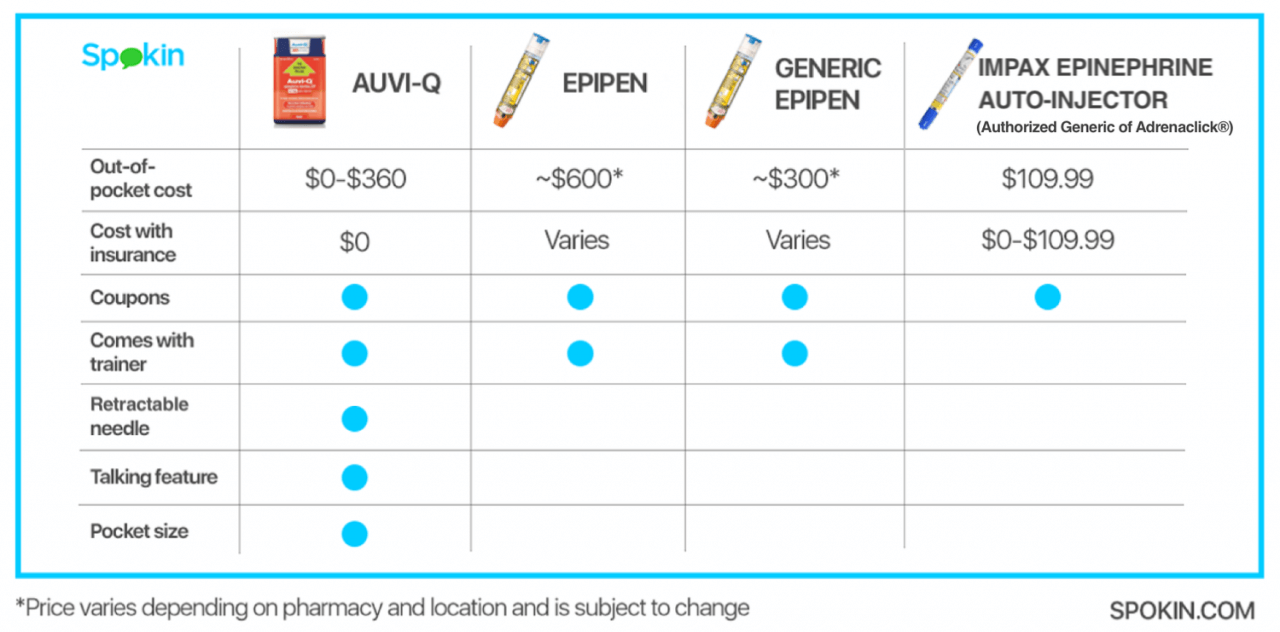DBV Technologies
The Peanut Patch describes a new treatment in development by DBV Technologies or DBV. DBV is the biopharmaceutical company that is developing a topical patch treatment for allergies. DBV’s method works to desensitize allergic patients through the delivery of allergens to the skin via Viaskin® also known as The Peanut Patch. The patch has been designed to gradually increase a patient’s tolerance to different allergens. DBV is currently in the development stage of testing for its products.
Q: How does the patch work?
A: The patch – containing allergen protein powder – is placed on a patient’s skin. The patch forms a condensation chamber on the skin, and when the powder combines with sweat, it dissolves into the skin and helps the patient’s immune system build a tolerance against the specific allergen. DBV refers to this process as epicutaneous immunotherapy or EPIT.
Q: What allergens can the patch treat?
A: DBV currently has patch products to treat peanut, milk and egg allergies in development. The Peanut Patch (Viaskin® Peanut) is the furthest along in regards to FDA approval and is on track for release in 2018. The FDA recently announced that they are fast-tracking DBV’s Milk Patch (Viaskin® Milk). The Egg Patch (Viaskin® Egg) is still in development, and they have not opened the clinical trial yet.
Q: Are there any risks involved with the patch?
A: Because the treatment is delivered through the skin, there risk of anaphylaxis is dramatically reduced. All food tests are done in a controlled environment and under supervision in the event of a reaction.
Q: How can Spokin users apply into a clinical study?
A: UPDATE: DBV Technologies has recently announced the locations of their Safety Study of Viaskin® Peanut to Treat Peanut Allergy (REALISE) through ClinicalTrials.gov. Check to see if they are offering it at a location near you!
Viaskin® Milk is accepting children for its clinical study, and Spokin users can learn more as well as apply to the program through ClinicalTrials.gov. Users based in Chicago can also visit lurieschildrens.org which is accepting patients for the same study as well.
Viaskin® Egg is still in its preclinical development and there are no clinical studies at this time.
Resources to learn more about DBV Technologies:
- Website: DBV Technologies
- Video: How DBV’s EPIT® works
Brenda Coletto

Brenda Coletto is a model and mother of two. Her middle school age son has a peanut and sesame allergy and qualified for trial immunotherapy of the Viaskin®Peanut. He started treatment in February 2012.
Parent of food allergic middle school age son
Allergens: Peanuts & Sesame
Q: Can you tell us about the PeanutPatch Study?
A: My son Cooper participated in two patch studies. During the first study Cooper wore The Peanut Patch and could eat half of a serving of peanut mousse, which is equivalent to about four peanuts.
The second study included several food challenges and scratch tests. Peanuts would be hidden in an orange mousse – which happened to taste quite unpleasant for some of the kids in the study! Cooper managed to handle the orange chocolate mousse, and soon went from consuming only a fraction of a peanut to eating several peanuts.
Q: What were some key positives of your son’s experience?
A: Cooper was so lucky to have qualified for The Peanut Patch study. Some of the best features about the program were that the nut was contained in a patch, the treatment was free, and we received a free EpiPen® yearly (which is so important considering the price of an EpiPen® currently). On top of that, Cooper’s treatment was very successful!
Q: What were some of the drawbacks?
A: Remembering to change the patch on a daily basis; we’d have to set up reminders. Cooper also needed IVs during any food challenges he experienced. We had to make monthly – sometimes weekly – appointments which were time consuming, but we understood how beneficial it would in the long run.
Q: Where did you go for treatment?
A: Doctors visits were at Lurie Children’s Hospital where Dr. Jacqueline Pongracic led the Viaskin® Peanut clinical trial.
Q: How long was the therapy and what was the frequency of doctor visits?
A: The first study lasted a year and was more of a time commitment. After Cooper’s success in the first study he was invited to participate in the second. The second study lasted two years, and just finished in June of this year.
For over three years we visited Lurie Children’s Hospital dozens of times for treatment with the allergy team and amazing nurses. It was a commitment for the family and Cooper, but we knew it was worth it! Through these two studies, we’ve ended our yearly visits to the ER, and don’t live in constant fear of what might happen to Cooper if he comes into contact with peanuts.
Q: What was the cost of The Peanut Patch treatment?
A: Since the patch is still in clinical trials the treatment was free.
Q: Would you recommend The Peanut Patch?
A: This opportunity was a once in a lifetime experience. I would recommend it to any parent or child who can secure a spot in an allergy study. Cooper’s success with the patch treatment allowed him to qualify and receive OIT successfully. We are still putting peanut powder into Cooper’s pudding, but we are beyond hopeful that we will soon be stocking the pantry with Nutter Butter and Peanut Butter Cups!
Q: Final Thoughts?
A: The food challenges Cooper encountered required an IV and often ended with an EpiPen® prick, but the outcome (eating almost 14 peanuts!) was amazing. The controlled environment was a great learning opportunity, as it taught Cooper how to not only know when he needed to use an EpiPen® for a reaction, but also how to self-administer it.







